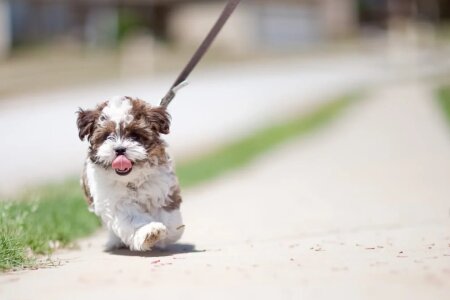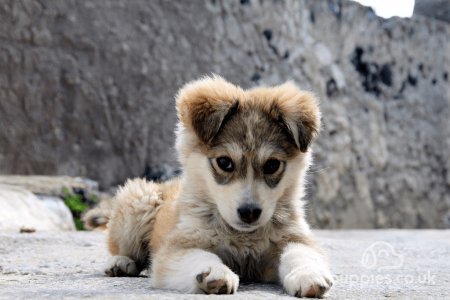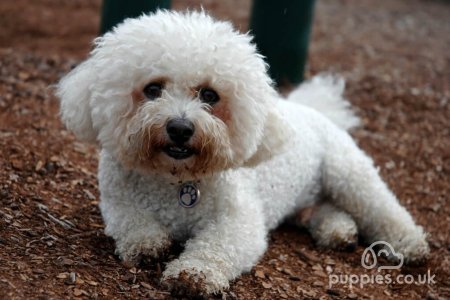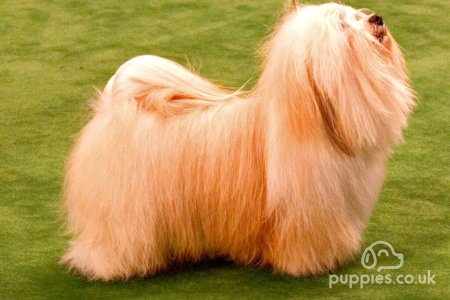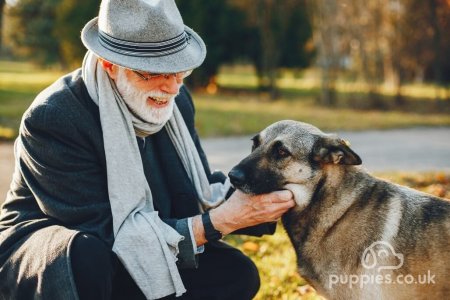Meet the 10 Biggest Dog Breeds In The World
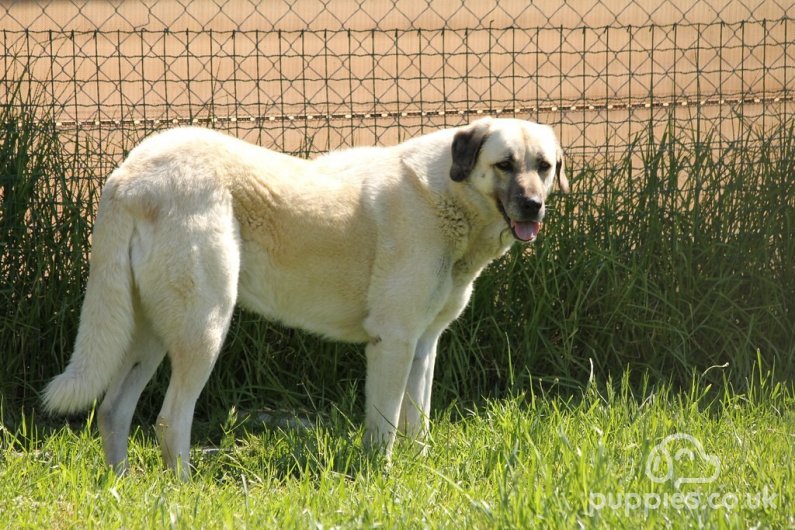
Large dog breeds make wonderful companions and loyal family dogs. Most large breeds have working dog backgrounds and have been bred to protect, guard, or serve. Big dogs are often calm, affectionate, and gentle but they do require a lot of space, time, and money.
It may come as a surprise to hear that many big dogs are more than happy to spend the day at home relaxing as long as they get enough daily exercise. These loveable, easy-going, and intelligent dogs are often referred to as “gentle giants” but they do require plenty of space as well as proper training and socialisation.
Below we’ve rounded up the 10 biggest dog breeds in the world.
1. Great Dane
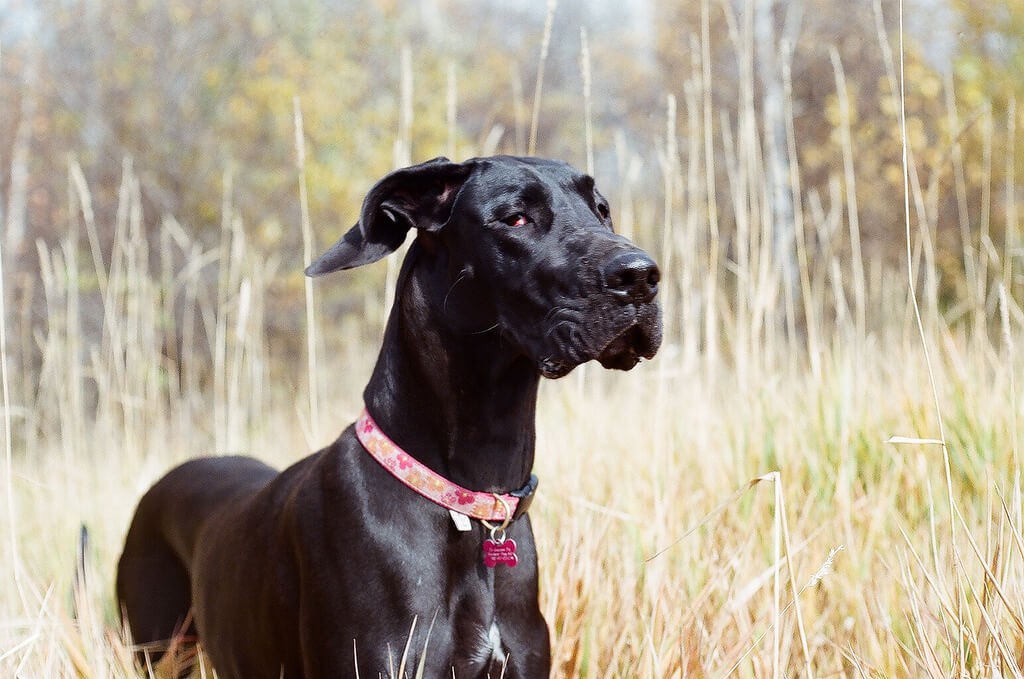
Attribution-ShareAlike 2.0 Generic (CC BY-SA 2.0) - Kris Kasawski
Size: 71 - 81cm
Weight: 54 - 62kg
Character: Easy-going, quiet, gentle, patient, loving, playful
Colour: Brindle, Fawn, Black, Grey
Life Expectancy: 8 - 10 years
About Great Danes
Great Danes are true gentle giants, they are popular family pets thanks to their loving, playful natures and natural affinity with children. This large breed is devoted and affectionate to their family. While Great Danes look large and imposing, they are not aggressive to people or animals.
Although the coat of the Great Dane is low maintenance, the breed is known for drooling and moderate shedding. As one of the bigger dog breeds, Great Danes do have a number of health issues and have a relatively short life span.
Want to know more about this breed? Check out our complete guide on Great Danes.
2. English Mastiff
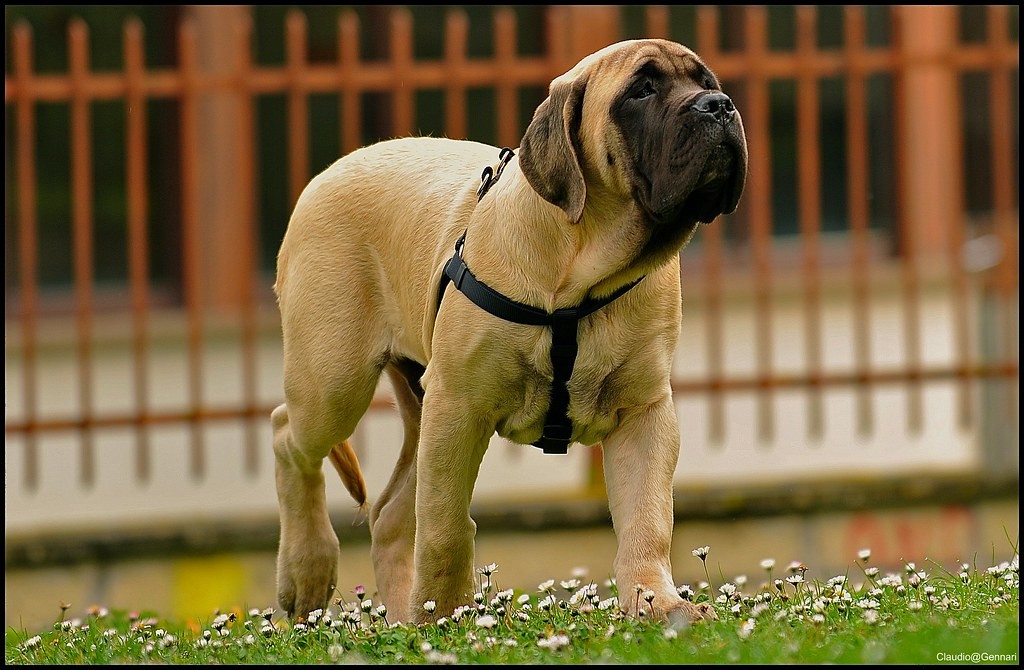
Attribution 2.0 Generic (CC BY 2.0) - Claudio Gennari
Size: 70 - 91cm
Weight: 68 - 113kg
Character: Loyal, affectionate, protective, active
Colour: Brindle, Apricot, Fawn
Life Expectancy: 10 - 12 years
About English Mastiffs
The English Mastiff breed is known for being intelligent, loyal, and loving. When at home, Mastiffs are well-behaved and docile, they are often eager to please their owners and are easy to train.
This breed doesn’t like to be left alone and they need plenty of exercise and mental stimulation throughout the day. Mastiffs shed throughout the year and tend to drool a lot.
English Mastiffs are good with people but can be protective of their family and home so they make excellent watchdogs.
Want to know more about this breed? Check out our complete guide on English Mastiffs.
3. St. Bernard
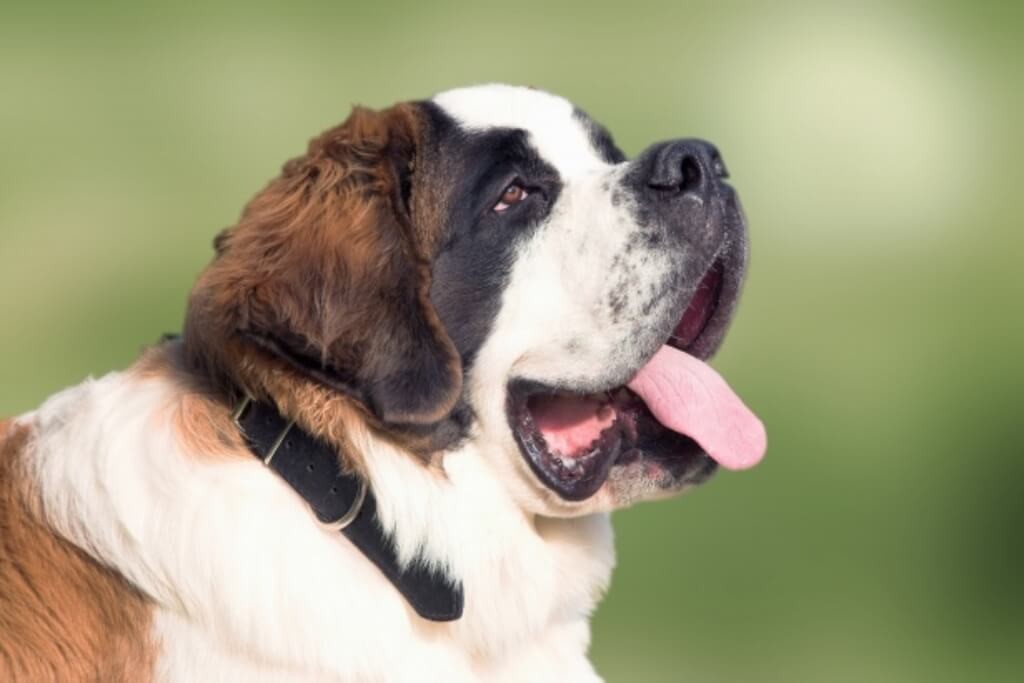
CC0 1.0 Universal (CC0 1.0) Public Domain Dedication - Karen Arnold
Size: 65 - 90cm
Weight: 64 - 120kg
Character: Loyal, intelligent, sweet-natured, affectionate, laid-back
Colour: Brown, Red, Mahogany, Orange, Brindle, Tri-colour
Life Expectancy: 8 - 10 years
About St. Bernards
St. Bernards are gentle giants that are renowned for being mountain rescue dogs in Switzerland. The breed has a kind nature and is extremely loyal to their family. St Bernards are social and make excellent family pets as they are placid and trustworthy.
This large breed has a laid-back personality, and their intelligence means they are one of the easiest breeds to train. St Bernards do shed a lot throughout the year but their coats require little maintenance; a simple brush a couple of times a week will help to keep on top of the shedding.
Want to know more about this breed? Check out our complete guide on St. Bernards.
4. Boerboel
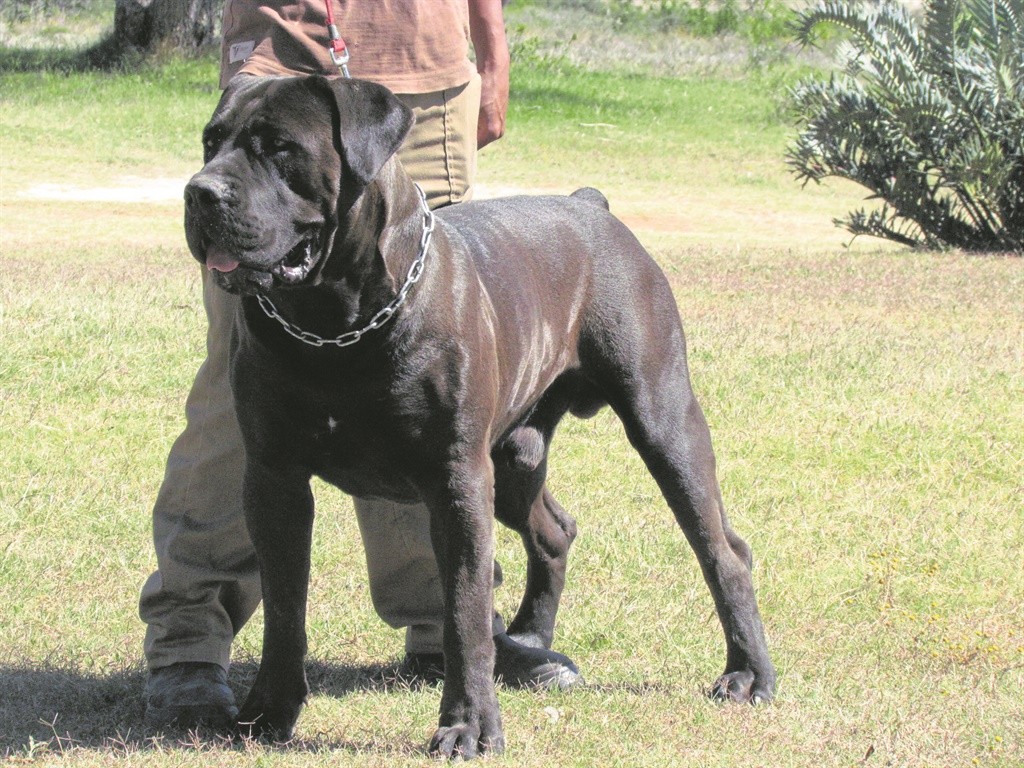
Attribution-ShareAlike 4.0 International (CC BY-SA 4.0) - Vida Booysen
Size: 55 - 66cm
Weight: 70 - 90kg
Character: Confident, calm, protective, territorial
Colour: Brown, Black, Fawn, Brindle, Piebald
Life Expectancy: 10 - 12 years
About Boerboels
The Boerboel, also known as the South African Mastiff, was bred to work on and protect farms. They are large, muscular dogs and are fearless when it comes to defending their family. Boerboels are calm, confident, and are one of the best big dog breeds for guarding.
Boerboels need lots of space and are not the best breed for first-time owners. They don’t shed much and have low grooming needs. Boerboels do have fairly high energy levels and need an owner that is confident and familiar with the dominant nature of this breed.
Want to know more about this breed? Check out our complete guide on Boerboels.
5. Newfoundland

Attribution-ShareAlike 3.0 Unported (CC BY-SA 3.0) - MPN
Size: 65 - 90cm
Weight: 54 - 68kg
Character: Gentle, patient, protective, natural affinity with children
Colour: Black, Brown, Grey, Landseer, White & black/ brown
Life Expectancy: 8 - 10 years
About Newfoundlands
The Newfoundland is an impressive breed, they are large, strong, and powerful but have calm and gentle natures. This breed is known for being a loving companion and has a reputation for being great with children. Newfoundlands are social, intelligent and rarely aggressive.
An interesting thing to note about Newfoundlands is they tend to have a musky odour and they tend to slobber a lot.
Want to know more about this breed? Check out our complete guide on Newfoundlands.
6. Irish Wolfhound
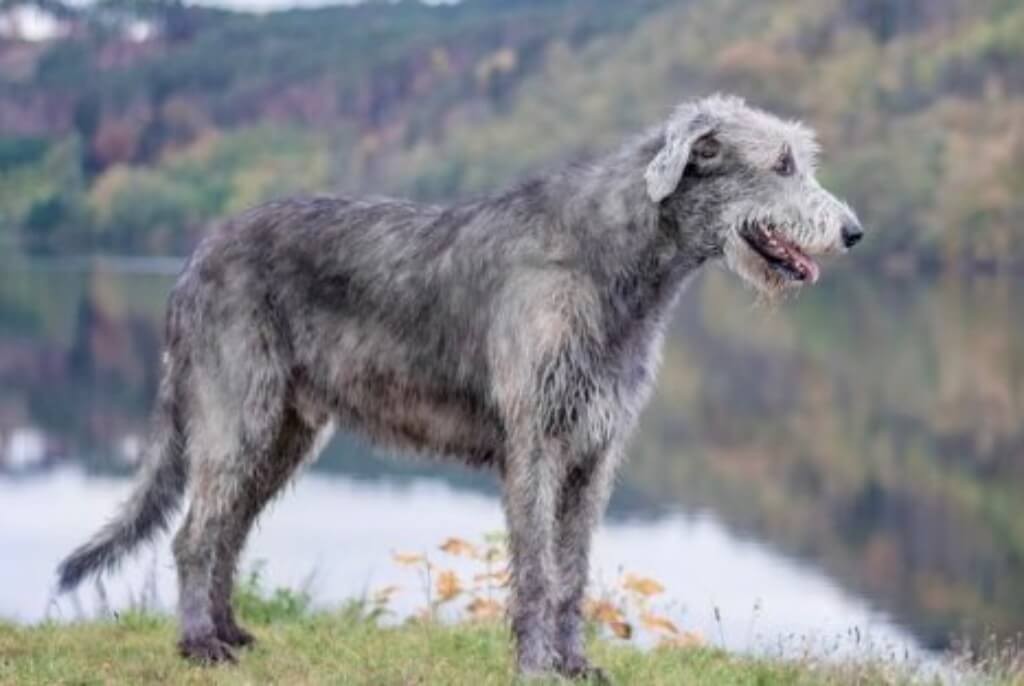
Attribution-ShareAlike 4.0 International (CC BY-SA 4.0) - Sarah Anderson
Size: 70 - 90cm
Weight: 40 - 70kg
Character: Active, loyal, social, gentle, friendly
Colour: Black, Brindle, Cream, Fawn, Grey, Red, Wheaten
Life Expectancy: 6 - 8 years
About Irish Wolfhounds
The largest of the hound breeds, the Irish Wolfhound is an impressive dog and a gentle giant. Irish Wolfhounds are known for being kind and patient around children and have a calm, relaxed nature when at home.
Although not high energy, Irish Wolfhounds do need a good amount of daily exercise and they need lots of mental stimulation to prevent boredom. The Irish Wolfhound is a social and playful dog and is an excellent family pet. Sadly, the average lifespan of the Irish Wolfhound is lower than many large dog breeds at 6 - 8 years.
Want to know more about this breed? Check out our complete guide on Irish Wolfhounds.
7. Dogue de Bordeaux (French Mastiff)
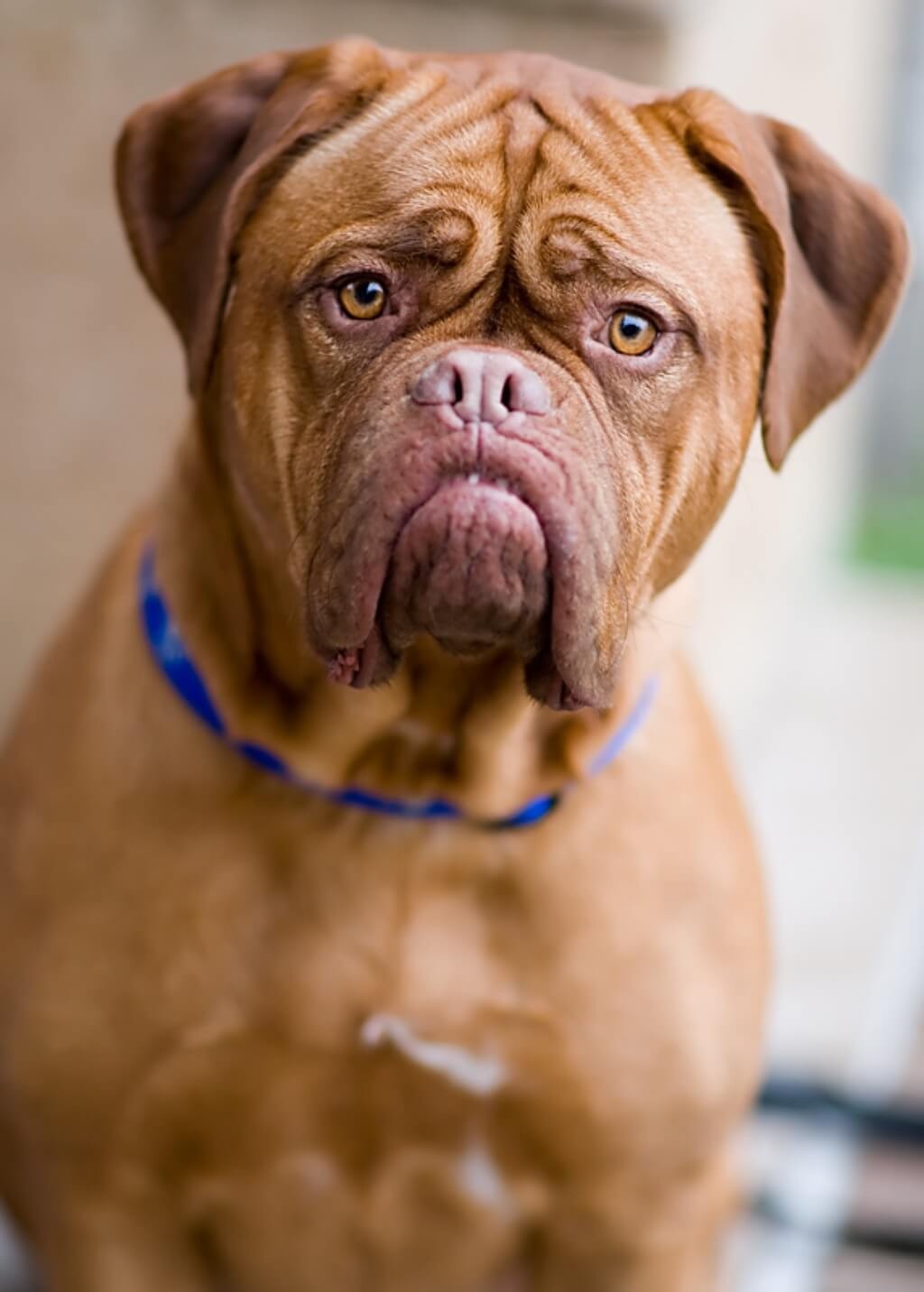
Attribution-ShareAlike 2.0 Generic (CC BY-SA 2.0) - Ann
Size: 58 - 69cm
Weight: 57 - 68kg
Character: Laid-back, loyal, affectionate, protective, curious
Colour: Fawn, Mahogany, Red, Tan, Brown/ Black Mask
Life Expectancy: 5 - 8 years
About Dogue De Bordeauxs
The Dogue de Bordeaux breed is an excellent watchdog thanks to their large size and willingness to defend their family and territory. Unlike some of the big dog breeds, the French Mastiff is not particularly high energy so doesn’t require too much exercise.
Dogue De Bordeaux dogs take around 2 years to fully mature so they tend to be quite puppy-like until around this age. This Mastiff is quick to learn but owners should be aware of their high prey drive.
Want to know more about this breed? Check out our complete guide on Dogue De Bordeauxs.
8. Leonberger
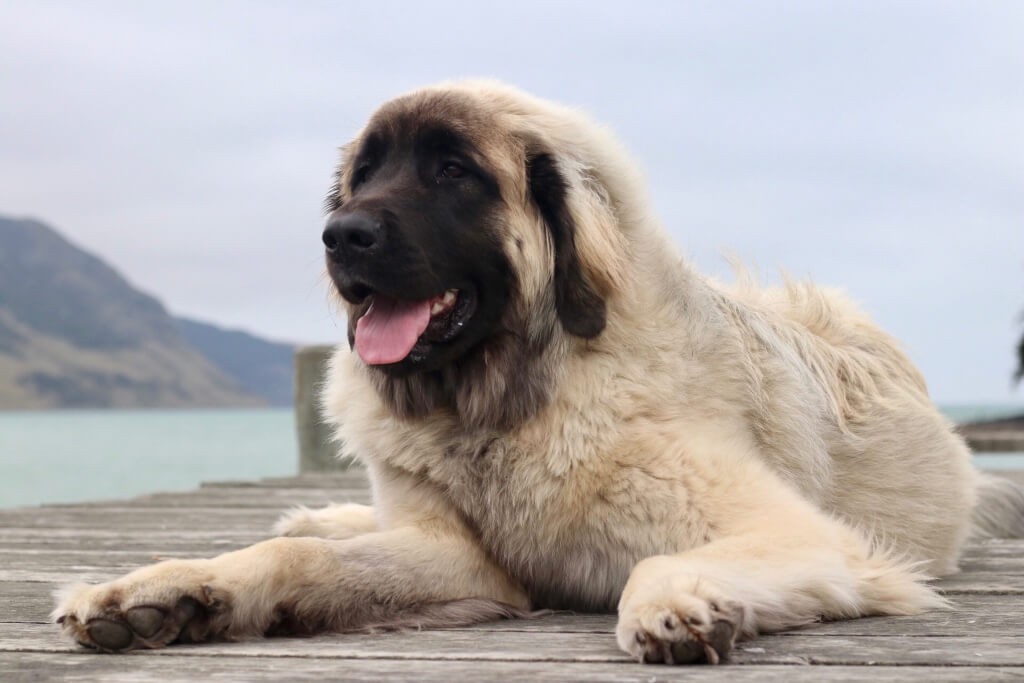
Attribution-ShareAlike 4.0 International (CC BY-SA 4.0) - Charlie Mitchell
Size: 65 - 80cm
Weight: 54 - 77kg
Character: Calm, reliable, even-tempered, self-assured
Colour: Gold, Red, Sandy
Life Expectancy: 8 - 9 years
About Leonbergers
Leonbergers are excellent family dogs, they are friendly, playful, and are great with children. The Leonberger breed is often likened to St Bernards in regards to their bravery and helpful natures.
While not overly demanding when it comes to exercise, a Leonberger does need plenty of space to express themselves. Leonbergers are known for being even-tempered and taking their time with things (so don’t rush them when training). Their coat is high maintenance and requires regular brushing to prevent knots from forming.
Want to know more about this breed? Check out our complete guide on Leonbergers.
9. Anatolian Shepherd
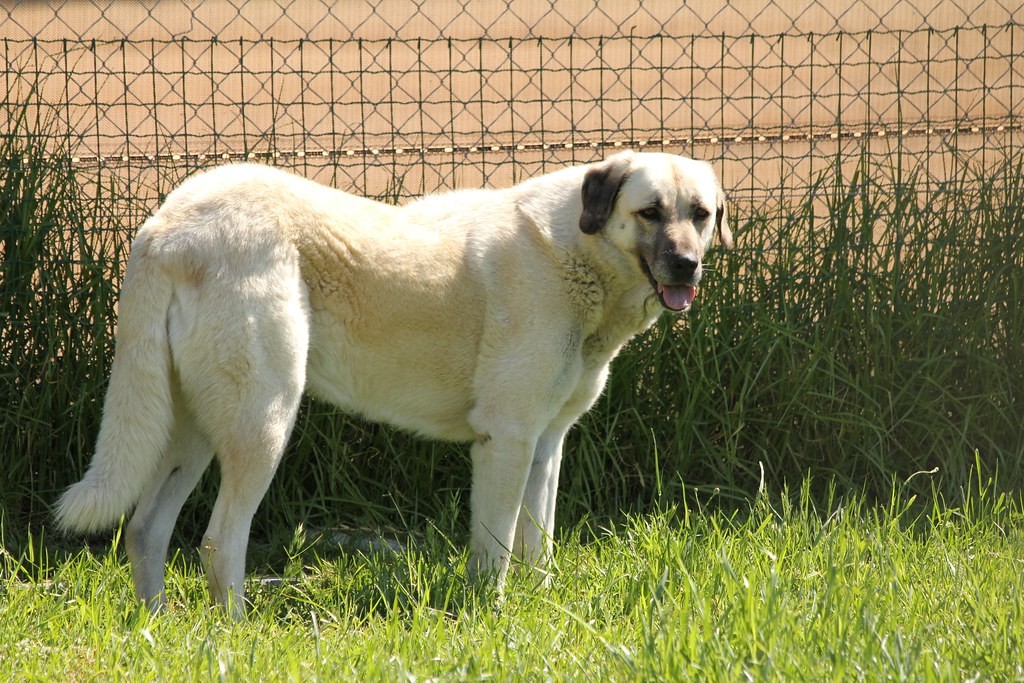
Attribution 2.0 Generic (CC BY 2.0) - Jon Mountjoy
Size: 71 - 81cm
Weight: 50 - 65kg
Character: Protective, attentive, patient, loyal, dominant
Colour: Fawn, Tricolour
Life Expectancy: 13 - 15 years
About Anatolian Shepherds
Anatolian Shepherds are highly intelligent, independent and can be quite dominant. They are large and impressive but tend to be gentle and calm. It is in the nature of an Anatolian Shepherd to guard and protect so early socialisation is essential to prevent aggression around other dogs.
It takes 3 - 4 years for an Anatolian Shepherd to fully mature but they don’t tend to be as playful as other puppies as they are attentive and take their “role” seriously. Anatolian shepherds can be difficult to train due to their independent nature so the breed is best suited to experienced owners.
Want to know more about this breed? Check out our complete guide on Anatolian Shepherds.
10. Caucasian Shepherd
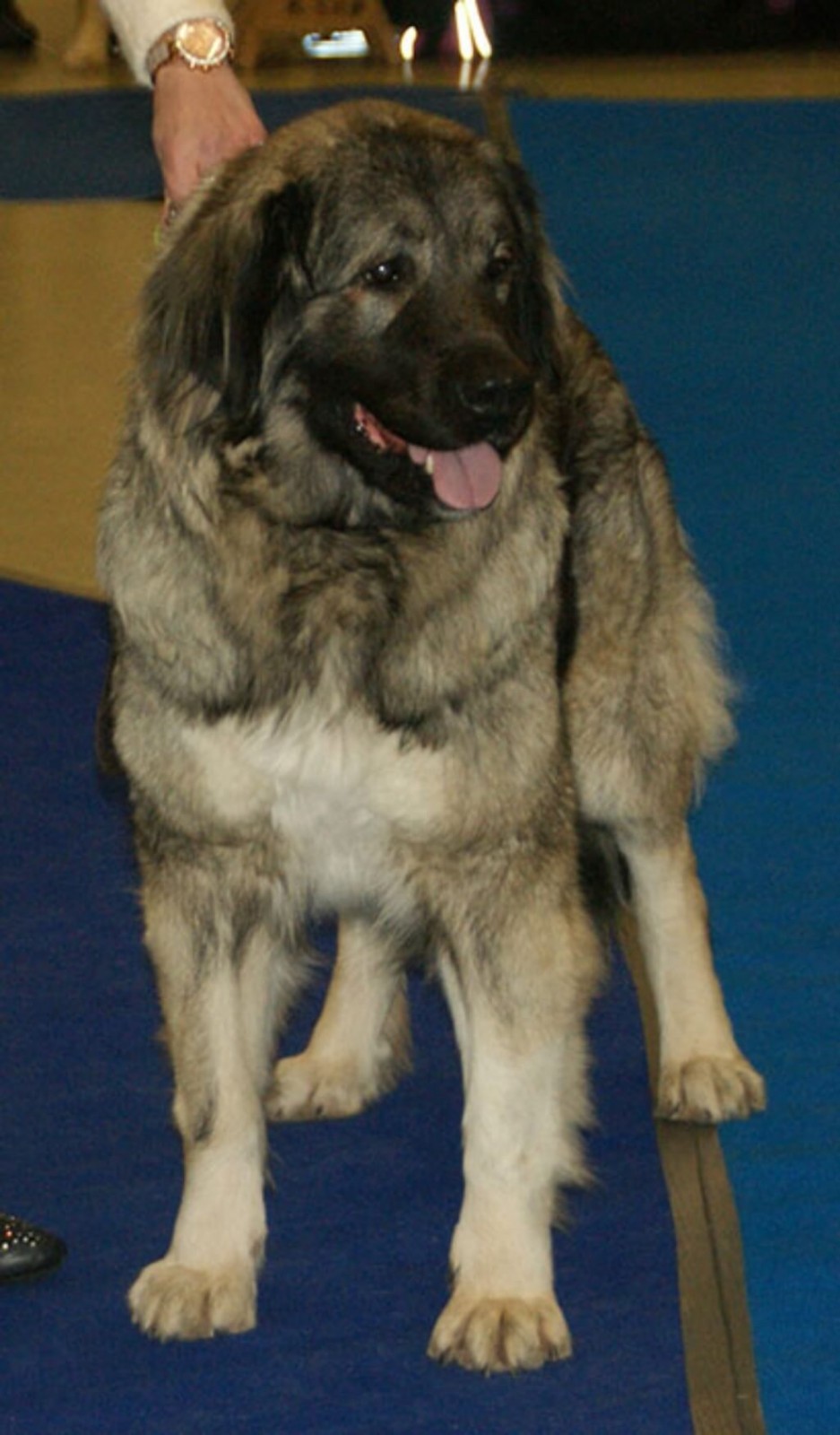
Attribution-ShareAlike 4.0 International (CC BY-SA 4.0) - Canarian
Size: 65 - 90cm
Weight: 55 - 89kg
Character: Protective, territorial, stubborn, alert
Colour: Grey, Fawn, Black, White, Brindle
Life Expectancy: 10 - 12 years
About Caucasian Shepherds
Large, powerful, and loyal. Historically the Caucasian Shepherd breed has been used for guarding livestock and they continue to make reliable, alert, and natural watchdogs. Caucasian Shepherds are easy to train but they can be strong-willed at times.
Unlike most of the big dog breeds, Caucasian Shepherds do tend to bark a lot. They also need regular grooming and have a lot of energy.
Want to know more about this breed? Check out our complete guide on Caucasian Shepherds.
Things To Consider Before Getting A Big Dog
A big dog is a big responsibility. While they do make excellent cuddle companions, a large dog breed does come with a number of extra requirements. Before choosing your new family member, consider the following factors:
Space
Larger dogs need to have more space to express themselves so small apartments are often not suitable. They also need a good-sized, secure garden where they can spend time outside off lead.
Exercise Requirements
Some large dog breeds have high energy levels and require a lot of exercise each day. If you don’t have the time or capacity to take your big dog for long walks, consider a breed such as a Dogue de Bordeaux (French Mastiff) that doesn’t need a lot of exercise.
Strength
Big dogs are strong and they need to be trained and socialised from a young age to ensure they are manageable when they are older. A large dog breed that pulls when on lead is much harder to control due to their sheer strength and size.
Nutritional Requirements
Big dogs eat a lot and have different nutritional needs than smaller dog breeds. They benefit from consuming food that is large breed specific so generic commercial food is not going to be the best option for them.
Higher Cost
Large dog breeds tend to cost more overall. Their food bills, vet bills, and pet insurance are often higher than small dog breeds. Many large breeds are also susceptible to health problems such as bloat and joint issues.
Looking For A Large Dog Breed Puppy?
If you are considering bringing a large dog into your home, find a responsible breeder on Puppies. As big breeds are more susceptible to certain health issues it is extremely important you choose a puppy from a reputable breeder as they ensure the parents undergo the relevant health tests prior to breeding to help prevent certain health problems.






